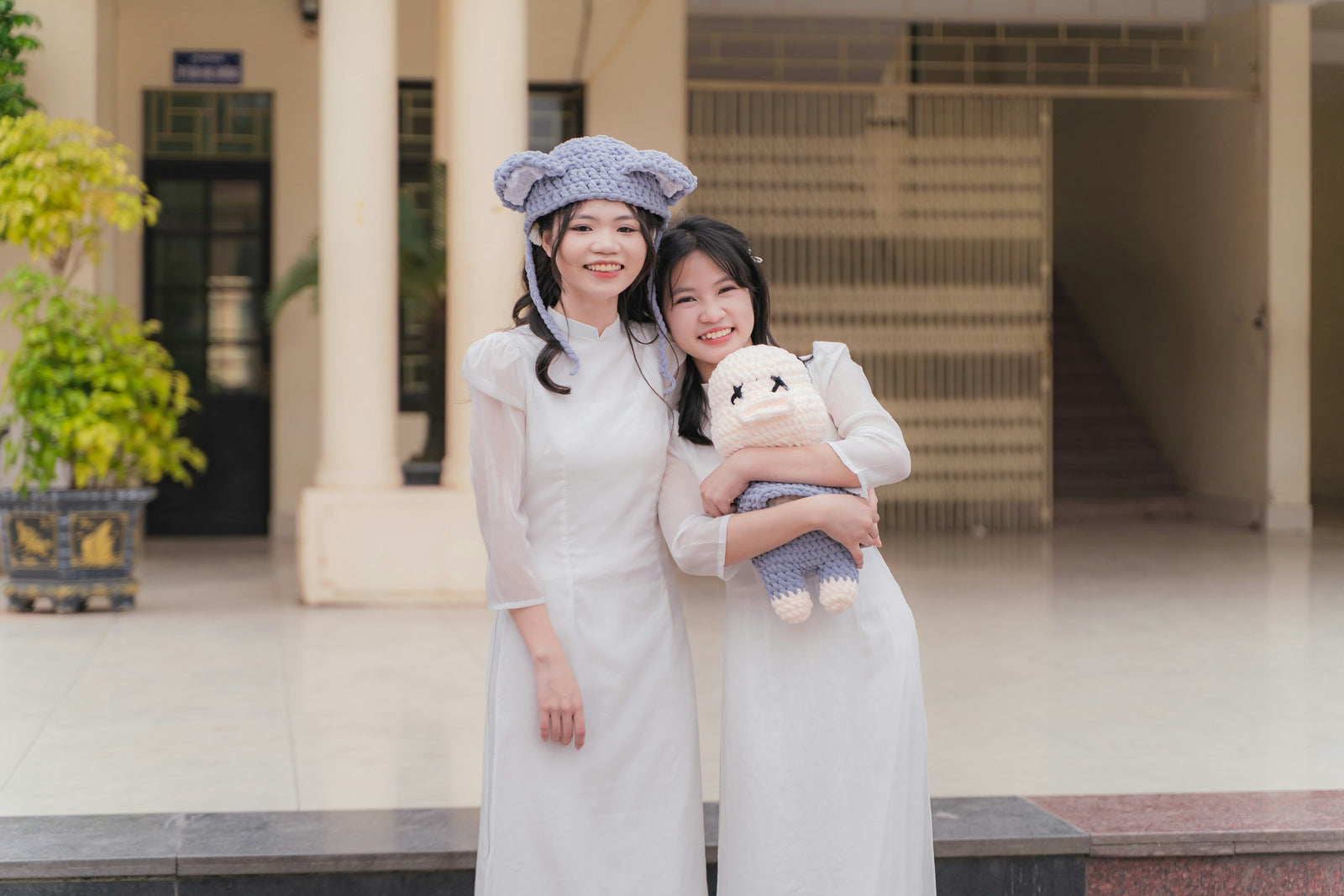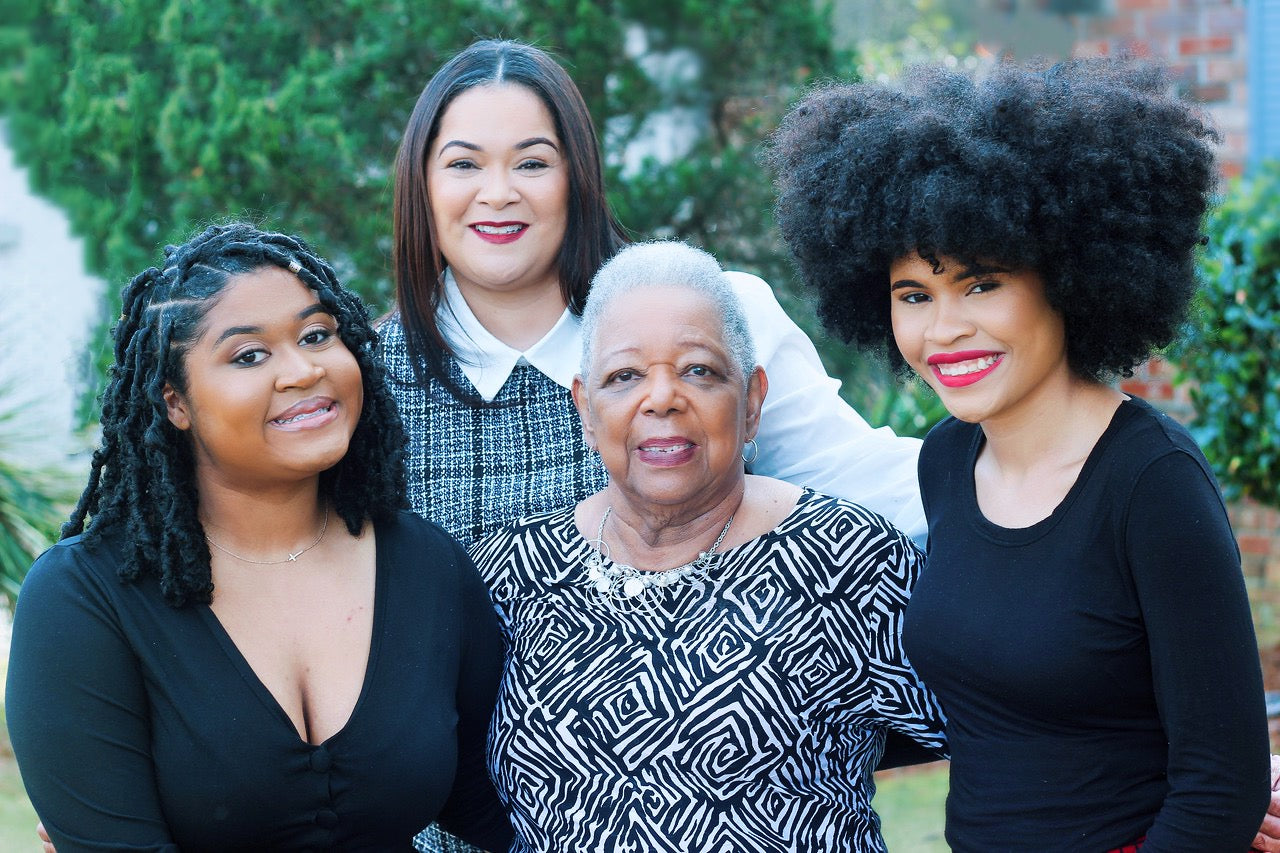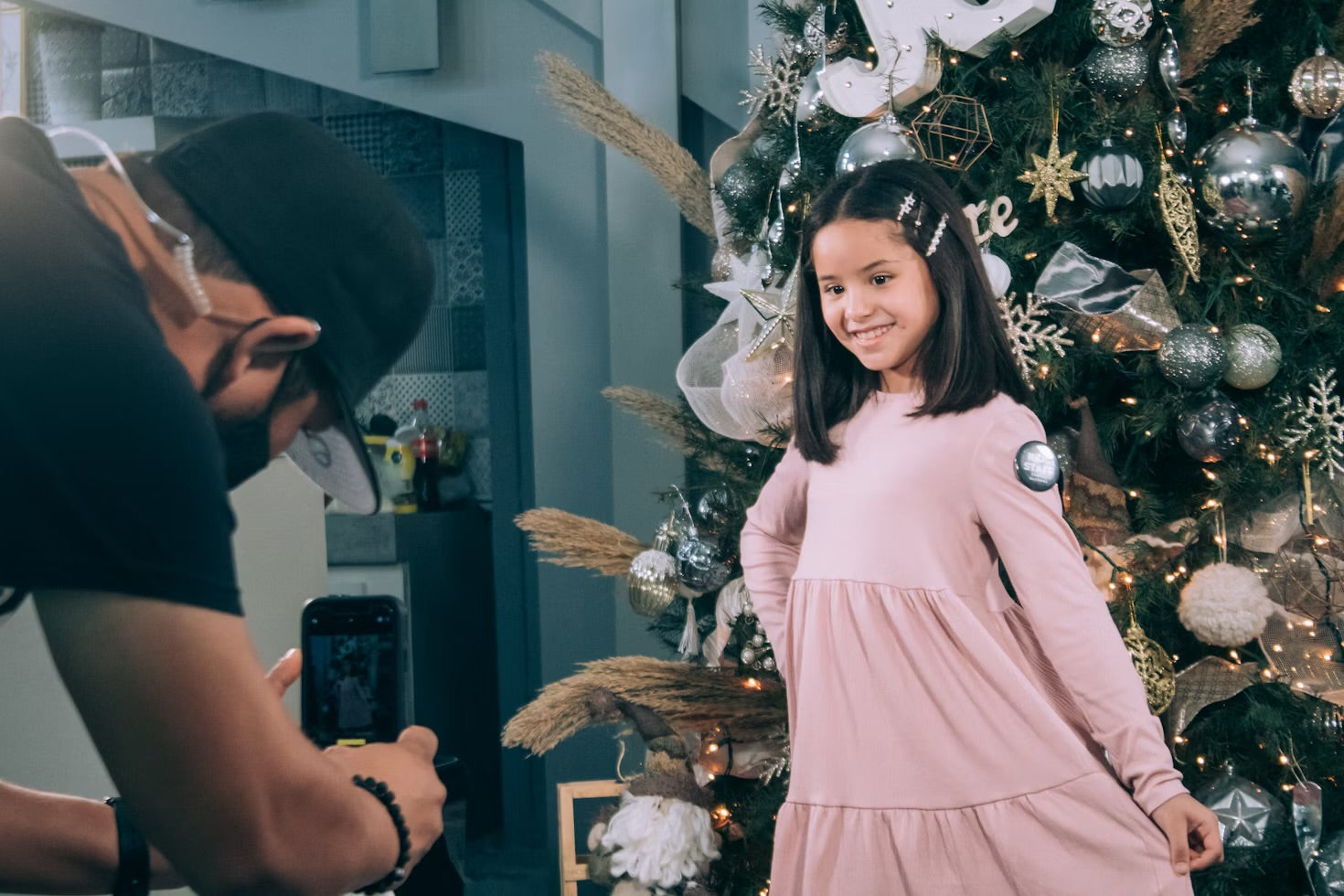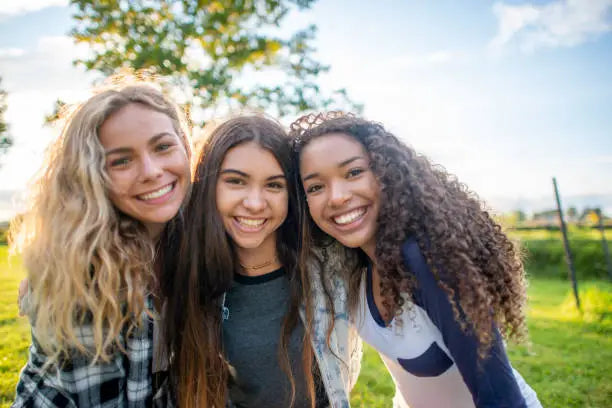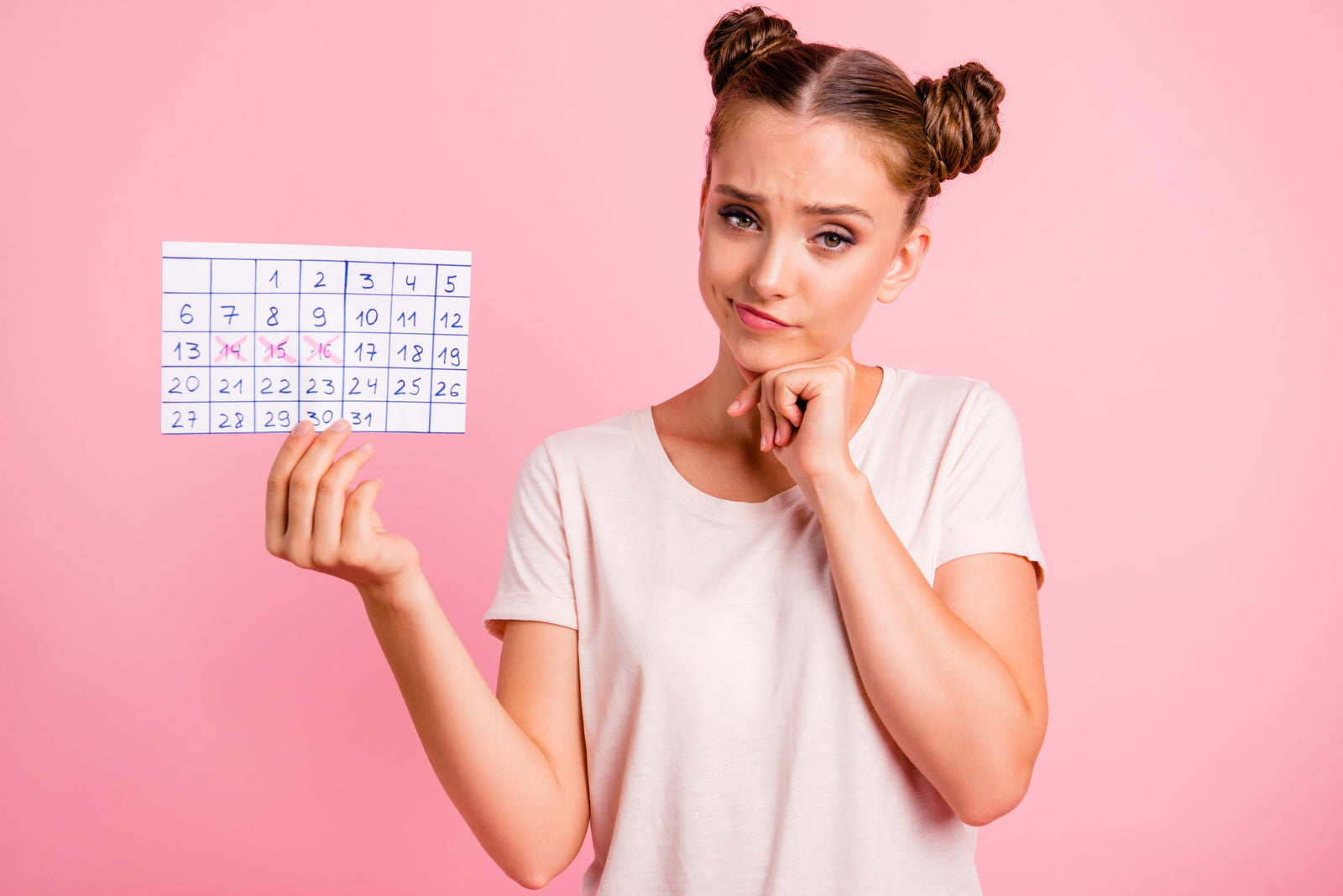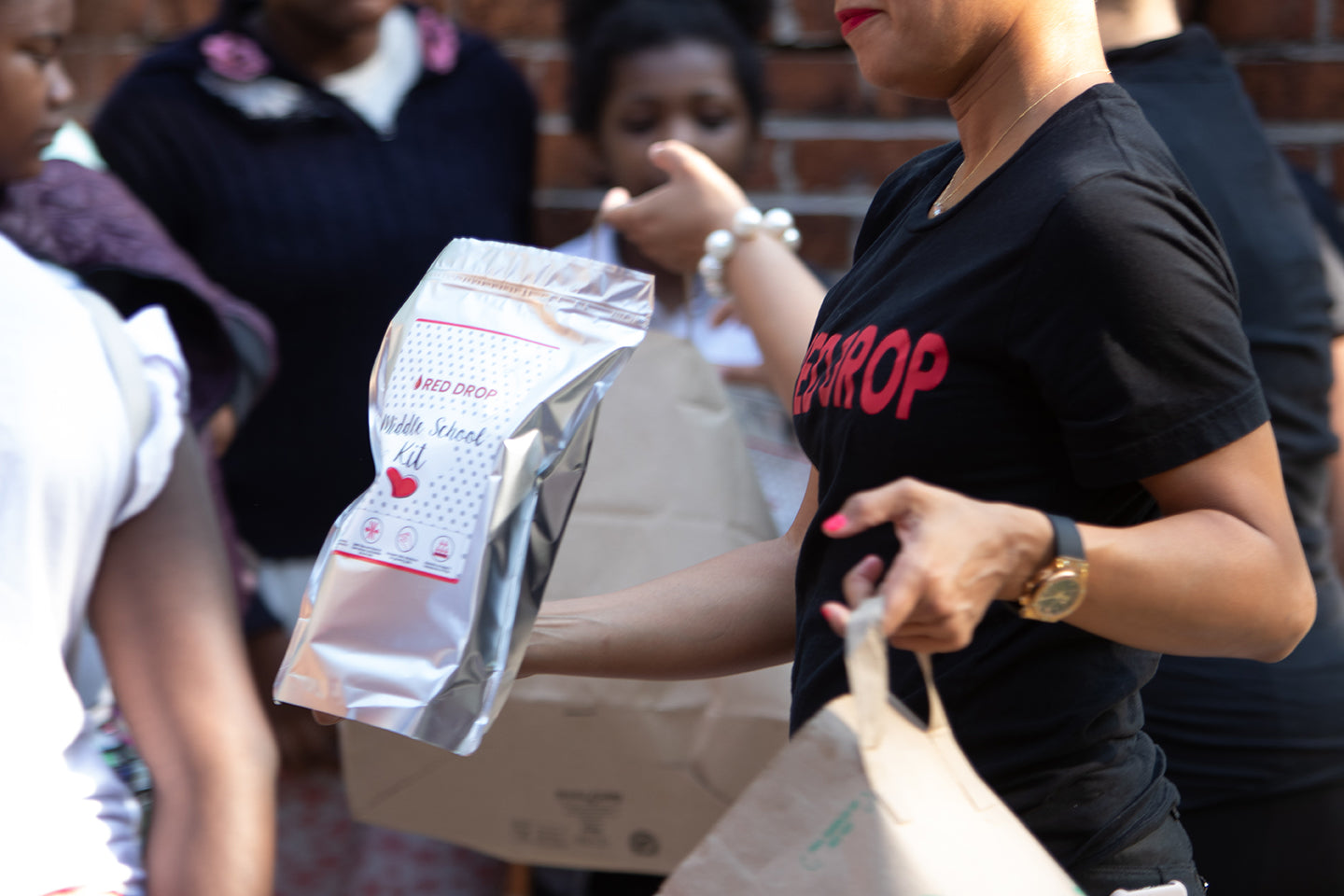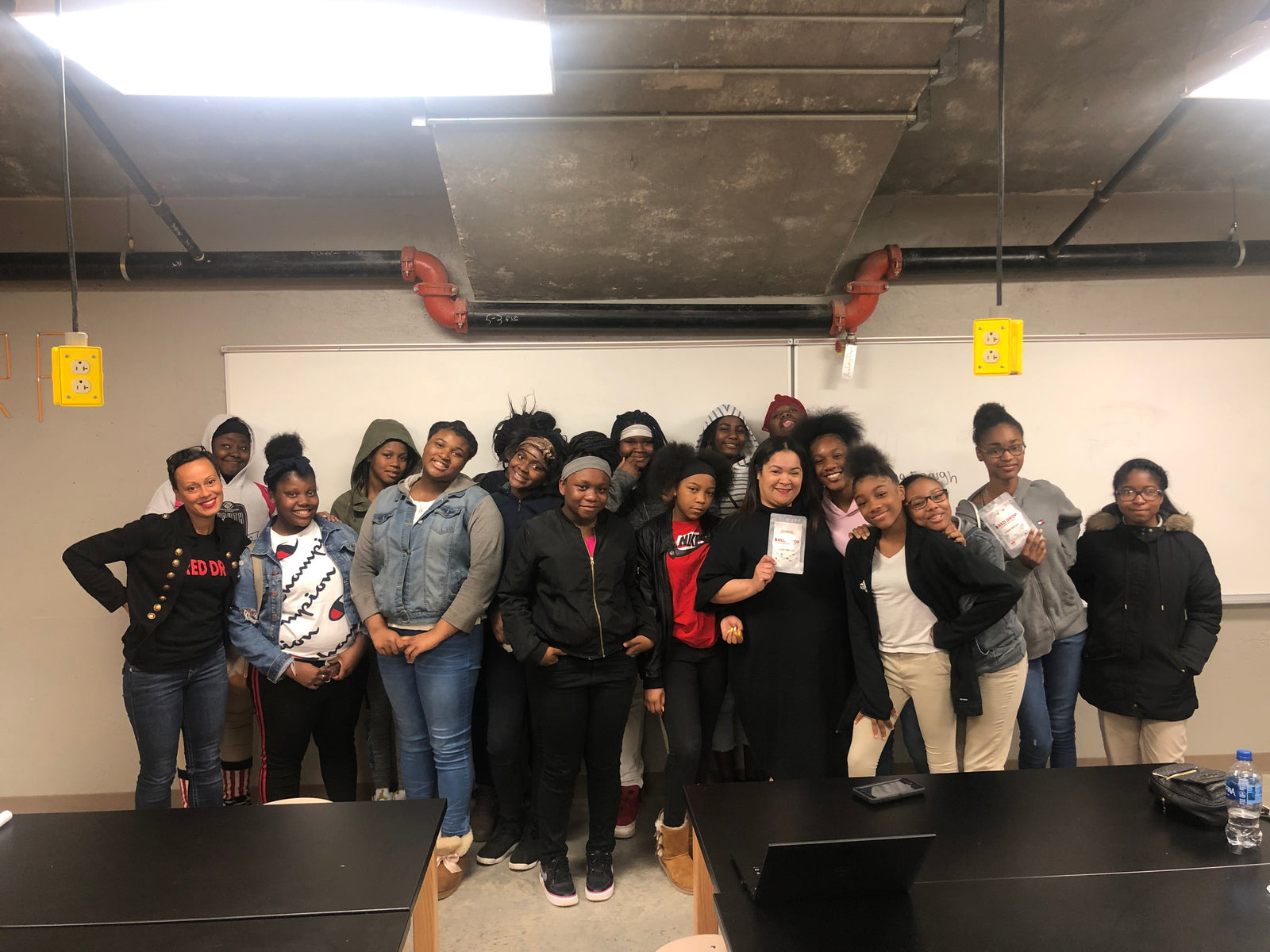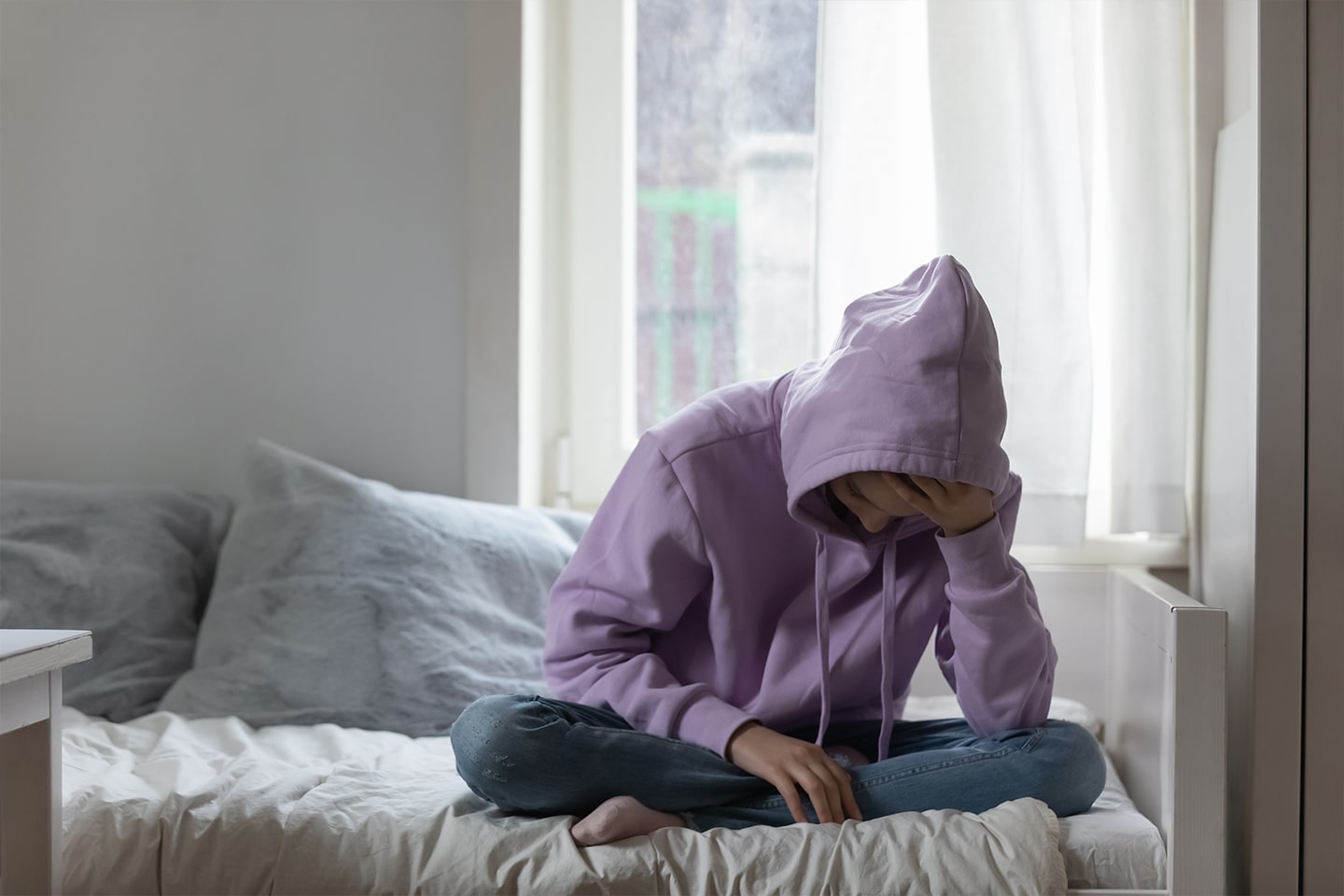
As a mom and an educator, I’ve experienced many “firsts” with girls as they start their very first period. It’s something that is guaranteed (unless there is an underlying medical condition) to happen and the signs are almost always right in front of us. Our mission at RedDrop is to help you see the signs and empower your girl for her first. I’ve personally seen too many girls in tears and too many moms embarrassed, ashamed and down right in denial about this natural next step in their girl’s life. Together, for the sake of all girls, we are going to educate and empower ourselves so that our girls can, in turn, educate their daughters – empowering generations to come.
I can honestly say that the first period signs are ever present, but we sometimes are just dismissive and don’t see them. While this article won’t address every visual, physical or emotional cue, my hope is that this article will do a couple of things; empower you to be present, which means to be mindful, observant and engaged in this phase of your daughter’s life. Secondly, this article will arm and empower you with a trusted resource of information as well as encourages you to read and research on your own. It’s not an easy topic, it’s incredibly personal, but it shouldn’t NOT be discussed. Together, let’s level up and look at some key points of what you need to know about a girl starting her first period and because I’m an educator and I know you’re a newbie at this, we are going to approach this sensitive topic with the good ol’ “5 W’s” approach.
Who? (well this one is pretty easy)
Anyone that has a period is going to experience a first one. Let’s make the first one non-traumatic and empowering.
Why?
Let’s just briefly discuss the “why” in this. A period (menstrual cycle) is when the lining of the uterus (some say the womb) is released. When a girl starts her first period sometimes, it could be very light pink – to very dark red, and this depends on the amount of uterine lining (i.e., flow) released from the uterus. The flow is what comes through the vagina. The amount of flow depends on one’s body (the release of the lining) and once the menstrual/period becomes regulated you will see a consistent pattern. It might seem like a simplistic way of explaining; however, I think we truly underestimate the number of adults that don’t know where the menstrual cycle originates and how “it” happens.
What?
The “What” portion of our first-period topic is multi-layered. What are the symptoms? What will it feel like? Usually, these questions, initiate other questions and that’s why we are here – a learning community for everyone to understand periods. For now, let’s talk about the symptoms of the first period. Signs that a first period is on the horizon are but are not limited to: growing of underarm hair and pubic hair, nausea, a lower backache, headaches, breast tenderness and cramping in the stomach area. You could also notice a discharge from the vagina. Next, what does it feel like? While it doesn’t have one unique feel, the symptoms above are the start. The stomach cramping, nausea, and breast tenderness seem to be consistent in how it feels as the first period approaches. I’ve had some girls say they had no real feeling, that it was completely a surprise and only felt the wetness in their panties that clued them to go to the restroom. While it might seem that this is the best scenario – no cramps, no nausea, etc. when we get to the point of noticing the symptoms of a first period (any of them) wearing a day time panty liner is a great way to empower a girl to feel prepared. WHAT we know is that a first period is coming and there are some signs to look for, our job in the “WHAT” is to recognize them and move forward with a plan of preparation.
When?
While we can’t pinpoint the exact day and time of a first period (life would be so much easier), we do have an age range and physical change cues that should encourage us to start preparation. In my personal experience, I’ve had girls start their first periods with me as early as 8 to 9 years old. Most research has a girl starting their periods around the ages of 11-13. There is no textbook answer on this, for instance – I know girls who didn’t start until after their 16th birthday. Our bodies are individual beings that operate on its own. Several factors influence the start of the menstrual cycle. Body weight, eating habits, genetics, family medical history, etc. all play a role in the first-period maturation. I’m comfortable with personal experience and research that we should be looking for symptoms starting around age 9-13.
Where?
Where is one of the very reasons why RedDrop exists. Throughout my many years in education I realized that the “where” in starting the first period could very well be with me, a teacher – at school, on the bus, on a field trip, during an athletic game or meet and many other endless possibilities – and that’s just in the school environment alone. That’s why it’s so important that when we see the signs – we initiate the conversation, be open and honest about it and finally move intentionally in our preparation. Together with preparation, the WHERE should not give us anxiety.
How? (this is a big one)
How we prepare for the first period can impact your daughter’s self-esteem, and how they see themselves, this is why the discussion and preparation aspects are so important. How can we ensure that girls have an empowering experience when they start their first period? Simply, preparation. I’ve seen it successfully happen. When girls know their bodies and have an idea of what to expect, they are first – informed. No need to learn misinformation from their friends they have clear and concise expectations of what is going to happen to their bodies, what to look for and what to use. Preparation for a girls first period looks like the Code Red Pack that provides all the essentials for what a girl needs to start her period. The expectation that mom, dad, or a caretaker then starts a conversation about HOW to use a pad (or whatever method you choose) should happen. How do you correctly put on a pad? How many times do I change a pad? Are the feminine wipes safe to use in my vaginal area? The list of questions is endless. The only effective way to combat a negative experience is to first start with a positive one, and that begins with you, with us and then it ends in girls having their first period prepared, confident and informed.
There is so much more we can talk about as it relates to a girl starting her first period. What I do know as an educator who has ushered many girls into their first-period experience is that being emotionally and physically prepared makes a difference when their first period comes. I’ve had girls know absolutely nothing about their bodies and girls who needed no assistance from me start their first period with me, only you – the adult in their life will be able to enable that positive experience. Simply put, the most important thing you “need to know about a girls first period” is this, “Empowered women, empower women.” – Lindsey Leifken. I want to add that empowering dads, teachers, caretakers, and coaches. – EMPOWER! Why wouldn’t we want our girls to feel empowered during this journey? Is it because it’s uncomfortable to talk about? Our girls should matter more than our discomfort. The shame and embarrassment about a little girl’s journey must stop with us today.

